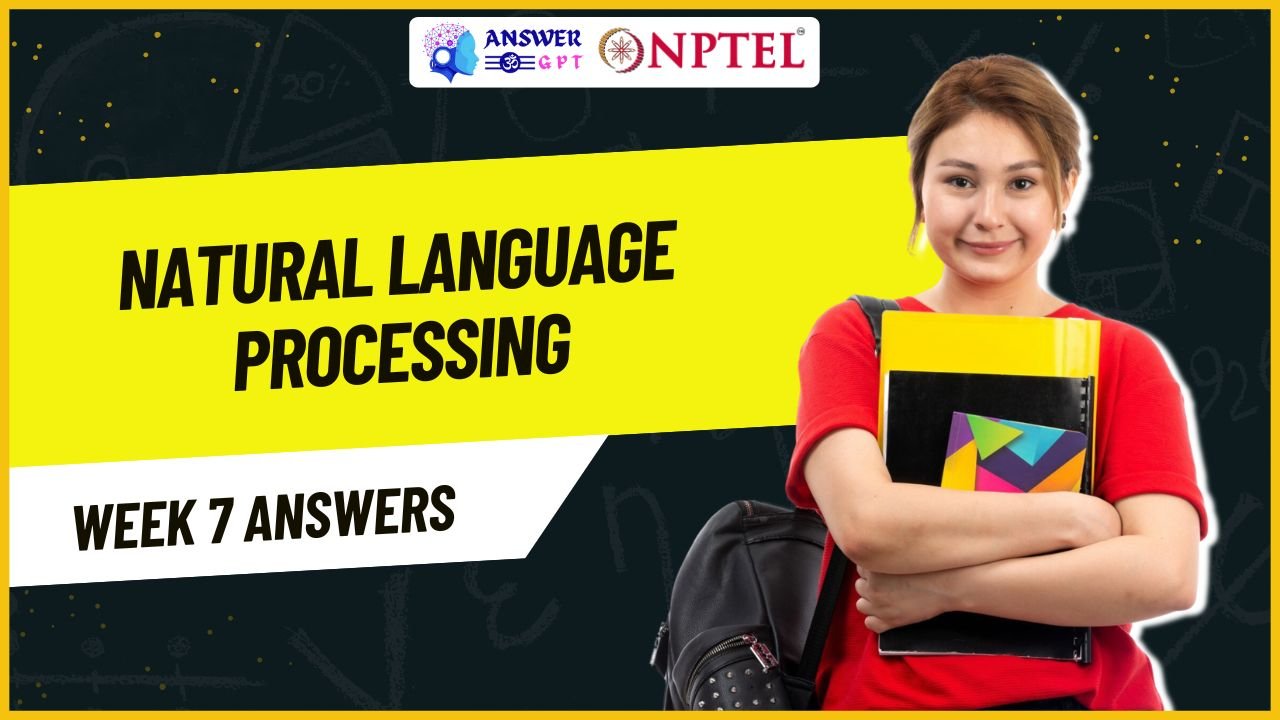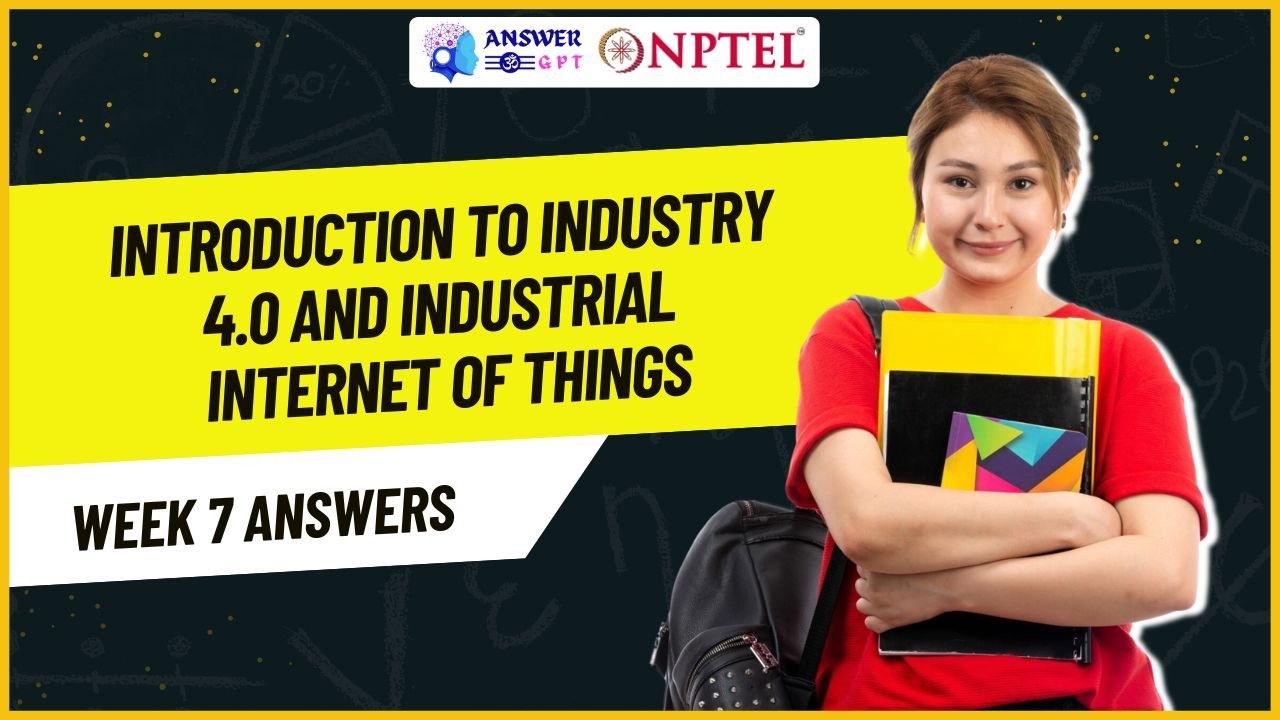AI in Marketing Week 7 NPTEL Assignment Answers 2025
NPTEL AI in Marketing Week 7 Assignment Answers 2024
1. Which of the following Platform Block is the self-improvement block?
- A. The Community Block
- B. The Benchmarking Block ✅
- C. The Guidance Block
- D. The Inspiration Block
Answer: B. The Benchmarking Block
Explanation: The Benchmarking Block motivates users by helping them compare their performance to others or to personal past performance, fostering self-respect, accomplishment, and improvement.
2. Which one of the following is a feature of Brand Flagship Platform?
- A. They facilitate transactions and are largely agnostic to product branding
- B. They are standardized and category agnostic
- C. They encourage within and between brand competition
- D. They aim to avoid within-brand and between-brand competition and focus on compliments ✅
Answer: D. They aim to avoid within-brand and between-brand competition and focus on complements
Explanation: Brand flagship platforms emphasize brand control and typically prevent internal or external competition on the platform to maintain complementarity and a unified customer experience.
3. What is “Value” in marketing?
- A. Tangible benefits
- B. Intangible benefits
- C. All perceived benefits (tangible + intangible) minus all perceived costs ✅
- D. Profit margin
Answer: C. Value is all the perceived benefits (tangible and intangible) minus all the perceived cost (tangible and intangible)
Explanation: Marketing value is a customer-centric concept—it balances what the customer gets vs. what they give (time, money, effort).
4. Which of the following is not one of the 3 core areas of AI-ML enabled product development?
- A. Concept and specification
- B. Design and development
- C. Test and go-to-market
- D. Product Promotions ✅
Answer: D. Product Promotions
Explanation: Promotions are part of marketing, not core development. The AI-optimized product development cycle focuses on concept, design, testing, and launch.
5. Which of the following is NOT true about building intelligent experience engines?
- A. Focus on micro-goals
- B. Use best data and expertise
- C. Continuously learn via ML
- D. Connect insights from a fixed set of sources ✅
Answer: D. They connect data signals and insights from a fixed set of sources
Explanation: Effective intelligent engines use dynamic, expanding data sources, not fixed ones, to adapt and learn continuously.
6. Which of the following is NOT true for “Brinks Home”?
- A. Long history of gathering competitive data
- B. Ran thousands of tests with variations
- C. Acquired AI firms to counter big tech R&D ✅
- D. Reorganized around customer service and used AI for scheduling and cross-selling
Answer: C. The company acquired some leading AI firms back then…
Explanation: There is no evidence Brinks Home acquired AI firms to compete. They optimized internal processes using AI but didn’t go through acquisitions like tech giants.
7. Which is NOT a pivotal practice in building intelligent experience engines for personalization?
- A. Test relentlessly
- B. Honing the craft
- C. Fulfill according to customer’s context
- D. None of the above ✅
Answer: D. None of the above
Explanation: All listed practices are crucial for creating personalized, AI-driven user experiences.
8. Which is an example of reimagining the end-to-end experience as a seamless flow?
- A. Lululemon’s demographic augmentation
- B. Qantas personalizing all phases of travel ✅
- C. Sweetgreen’s app and digital menu personalization
- D. Stitch Fix’s experiment-based personalization
Answer: B. Qantas personalizes the booking, check-in, in-lounge, and in-flight experience
Explanation: Qantas integrates all customer touchpoints into a continuous, end-to-end flow, making it a perfect example of seamless experience design.
9. As per the personalization maturity curve, what is the highest stage?
- A. Predictive personalization ✅
- B. Omni-channel optimization
- C. Field Insertion
- D. Behavioral recommendations
Answer: A. Predictive personalization
Explanation: The highest maturity level involves predictive models that anticipate user needs based on AI/ML insights.
10. Single-based mailing is used in which personalization maturity stage?
- A. Predictive personalization
- B. Omni-channel optimization
- C. Field Insertion ✅
- D. Behavioral recommendations
Answer: C. Field Insertion
Explanation: Field insertion is a basic level of personalization, like inserting someone’s name in an email. It’s a foundational tactic before progressing to more advanced methods.

![[Week 1-12] NPTEL AI in Marketing Assignment Answers 2025](https://answergpt.in/wp-content/uploads/2025/01/AI-in-Marketing-2025.jpg)

![[Week 1-12] NPTEL AI in Marketing Assignment Answers 2024](https://answergpt.in/wp-content/uploads/2024/02/NPTEL-AI-in-Marketing-Assignment-Answers-2024.jpg)


